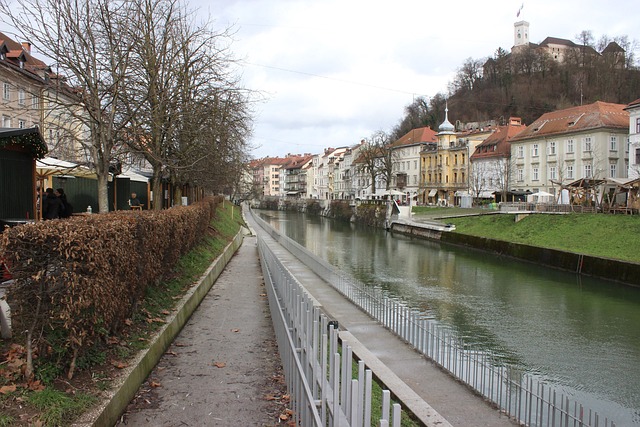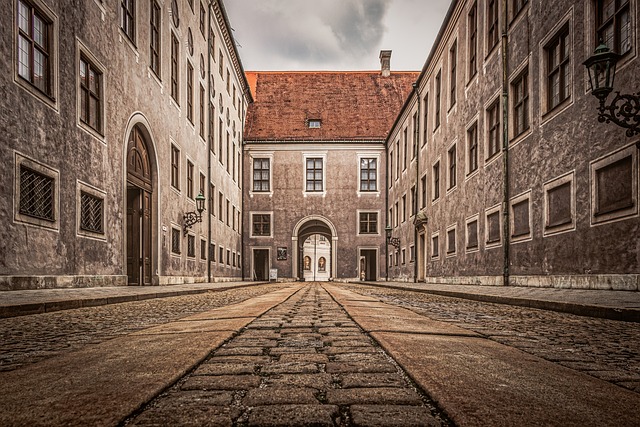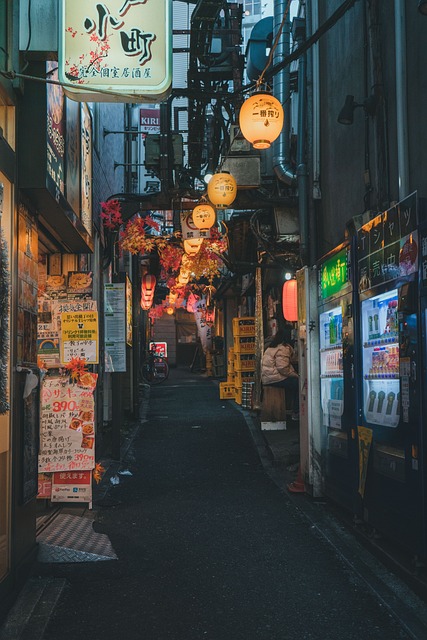Guru Mandir, a sacred site in Karachi's heart, faces traffic congestion and parking issues during peak hours, impacting accessibility and local businesses. To address these challenges, implementing intelligent transportation systems (ITS) like real-time monitoring and adaptive signal control can optimize traffic flow. Dynamic parking pricing and smart city infrastructure integrating electric vehicle charging stations can further alleviate the situation. Promoting carpooling, public transit, and developing efficient mass transit options will enhance Karachi's overall traffic environment for all users.
In the heart of Karachi, the revered Guru Mandir stands as a beacon of spiritual significance. This sacred site attracts devotees from all walks of life, contributing to intense traffic congestion in the surrounding areas. The article delves into the complex interplay between the temple’s cultural importance and the logistical challenges posed by heavy foot traffic. We explore potential solutions to mitigate these issues, focusing on innovative traffic management strategies that could enhance accessibility while preserving the serene atmosphere of this iconic Karachi landmark.
- The Location and Significance of Guru Mandir in Karachi
- Challenges and Impacts of Traffic Near the Sacred Site
- Potential Solutions and Future Prospects for Traffic Management
The Location and Significance of Guru Mandir in Karachi

Guru Mandir, nestled in the heart of Karachi, is a spiritual oasis that attracts devotees and visitors alike. Located in the bustling cityscape, this temple stands as a symbol of religious harmony and cultural diversity. It holds significant importance for the local Sikh community, serving as a place of worship, reflection, and community gathering. The peaceful ambiance within offers a stark contrast to the hustle and bustle outside, making it a sanctuary for those seeking tranquility in the vibrant metropolis of Karachi.
In terms of its geographical setting, Guru Mandir is strategically positioned, easily accessible from various parts of the city. Its central location has fostered an inclusive environment, where people from all walks of life can come together to pay their respects and embrace the teachings of their faith. This cultural landmark contributes to the rich tapestry of Karachi’s diverse religious landscape.
Challenges and Impacts of Traffic Near the Sacred Site

The dense traffic near Guru Mandir, a sacred site in Karachi, presents unique challenges that significantly impact both the local community and visitors. The area, often flooded with devotees and tourists, faces severe congestion during peak hours, causing delays and frustration for those traveling to and from the temple. This issue is exacerbated by the limited parking spaces available, leading to an unregulated parking situation on nearby streets and sidewalks.
The impacts of this traffic congestion are far-reaching. Local businesses suffer as customers struggle to access their establishments promptly. Devotees, many of whom travel long distances, may find themselves arriving at the temple in a state of haste, lessening the opportunity for peaceful reflection and worship. Furthermore, the environmental impact cannot be overlooked; the increased vehicle emissions contribute to Karachi’s already challenging air quality issues. Addressing these challenges is crucial to ensure the sanctity and accessibility of Guru Mandir remains intact in the bustling metropolis of Karachi.
Potential Solutions and Future Prospects for Traffic Management

To address the traffic congestion near Guru Mandir in Karachi, several potential solutions can be explored. Implementing intelligent transportation systems (ITS) such as real-time traffic monitoring and adaptive signal control could significantly enhance flow efficiency. These technologies provide data-driven insights to optimize traffic light timings, reducing delays at busy intersections. Additionally, the introduction of dynamic pricing for parking spaces can incentivize visitors to park in less congested areas, further alleviating pressure on nearby streets.
Looking ahead, Karachi can embrace innovative solutions like smart city infrastructure, integrating electric vehicle (EV) charging stations and promoting eco-friendly transportation options. Encouraging carpooling and public transit usage through app-based services can reduce the number of private vehicles on the road. Furthermore, the development of alternative routes and efficient mass transit systems, such as dedicated bus lanes or light rail networks, could offer viable commuting alternatives, ultimately leading to a smoother and more manageable traffic environment for all residents and visitors alike.
Guru Mandir, a sacred site in Karachi, faces significant traffic challenges that impact its accessibility and the surrounding community. By addressing these issues through innovative solutions like improved public transportation, dedicated entry points, and smart traffic management systems, it’s possible to balance the spiritual needs of visitors with the practical considerations of urban mobility. These efforts will not only enhance the experience for pilgrims and tourists alike but also contribute to the overall development and sustainability of Karachi.
